Traditional African clothes have been with us for a long time and they are the basis of modern African fashion. The African continent is home to some of the most vibrant and colorful clothing in the world. A range of various materials such as cotton, silk, fur, flax, jute, and chiffon, among others are dexterously used in the making of these clothes.
The preferred type of fabric used in the making of the clothes boils down to the availability of fabric in each region. African clothing identifies individuals and their respective tribes.
We have below 10 popular traditional African clothes and the tribes that identify with them.
African Traditional Clothes That Identify African Tribes
DASHIKI
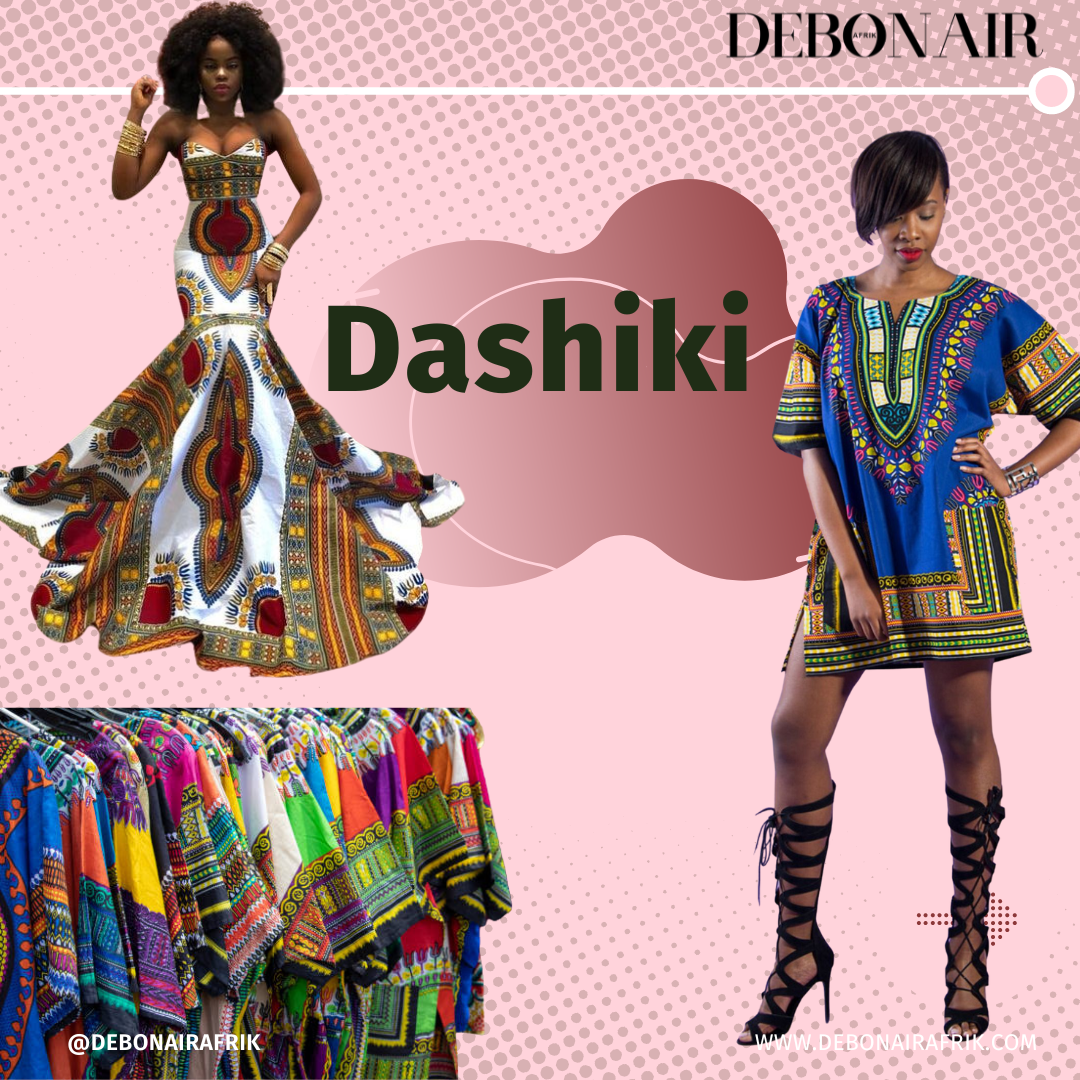
Dashiki is one of the most popular African clothing. While it is worn mostly in West Africa, its use has spilled to other regions of the continent. East African users, particularly in Kenya and Tanzania, prefer to call it Kitenge.
KENTE
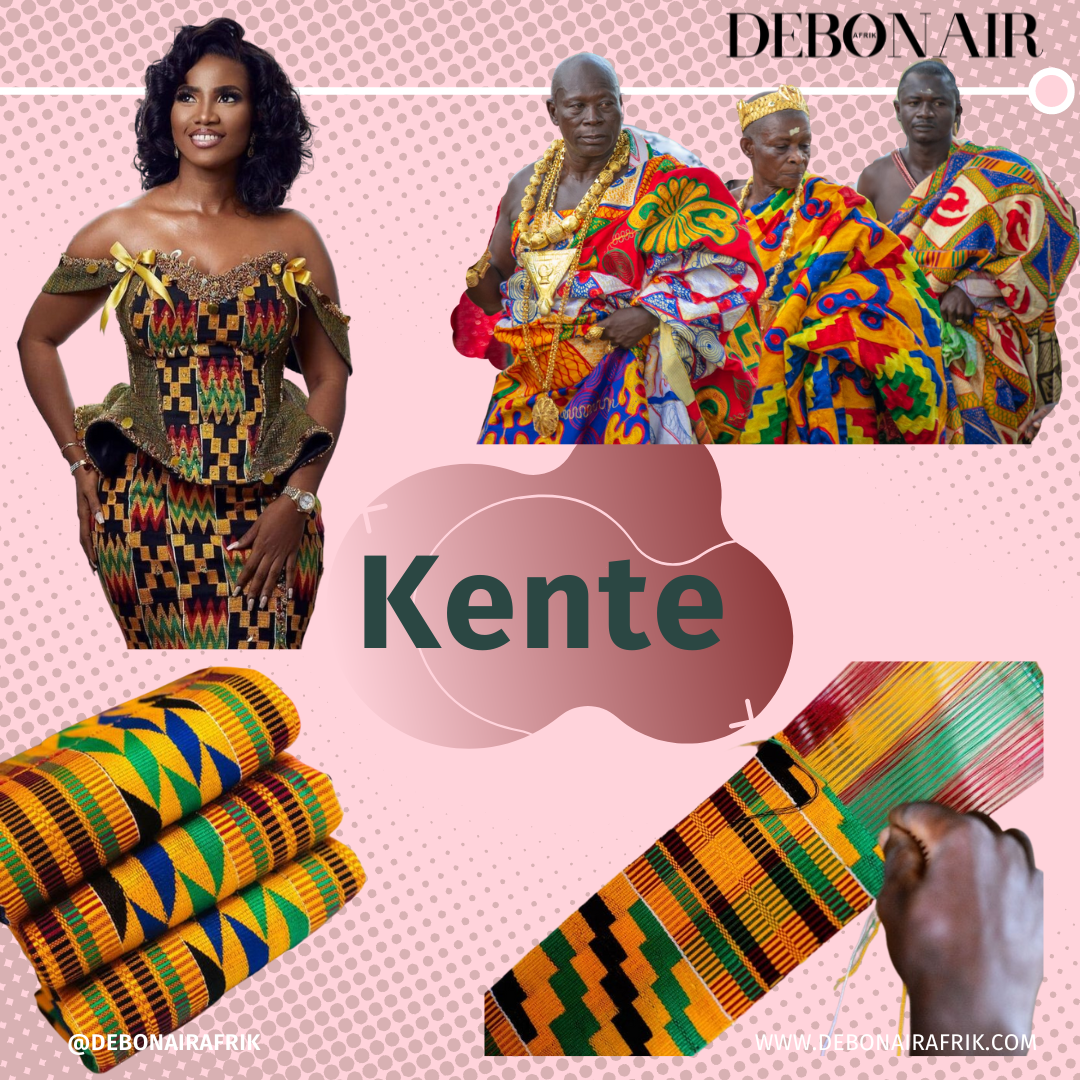
Kente is a unisex traditional African clothing that finds its history among the Ashanti and Ewe people of Ghana. It is made out of cloth strips of silk and/or cotton, designed to fit the cloth’s patterns.
Kente is a type of silk and cotton fabric made of interwoven cloth strips and is native to the Akan tribe in Ghana. Kente is made in Akan lands such as the Ashanti Kingdom and by Akans in Ivory Coast. It is also worn by many other groups who have been influenced by Akans. Kente comes from the word kenten, which means basket in the Akan dialect Asante. Akans refer to kente as nwentoma, meaning woven cloth.
IRO ATI BUBA

Iro and Buba (popularly called Iro ati Buba) are native to Yoruba women of Nigeria. The original version of the dress features five pieces. There is the Iro, a large wrapper tied to fit around the waist. The main job of the IRO is to make sure that your care plan meets your needs. sure that people actually do what they agreed to do.
BOUBOU

The boubou is an African robe made of one large rectangle of fabric with an opening in the center of the neck. When worn it drapes down over the shoulders and billows at the sleeves.
The Boubou is a classic, stylish, and functional Senegalese robe worn by men and women all over Africa. Sewn from one piece of fabric, it is usually about 150cm wide and has varying lengths depending on the wearer’s height and preference.
KANZU
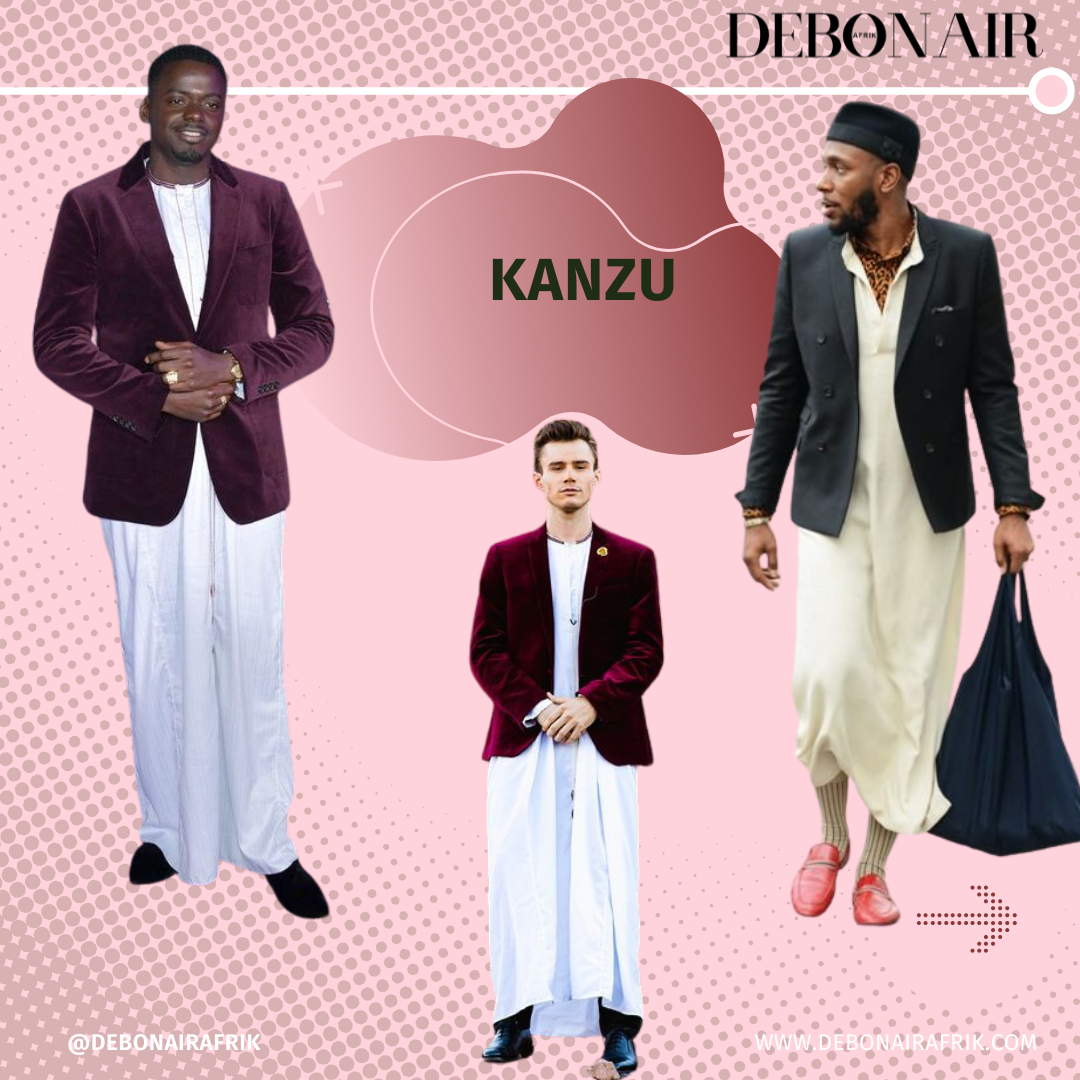
Kanzus are white or cream African traditional clothing worn by men in the Africa Great Lakes region. This includes Burundians, Congolese, Ethiopians, Kenyans, Malawians, Rwandans, Tanzanians, and Ugandans.
HABESHA KEMIS
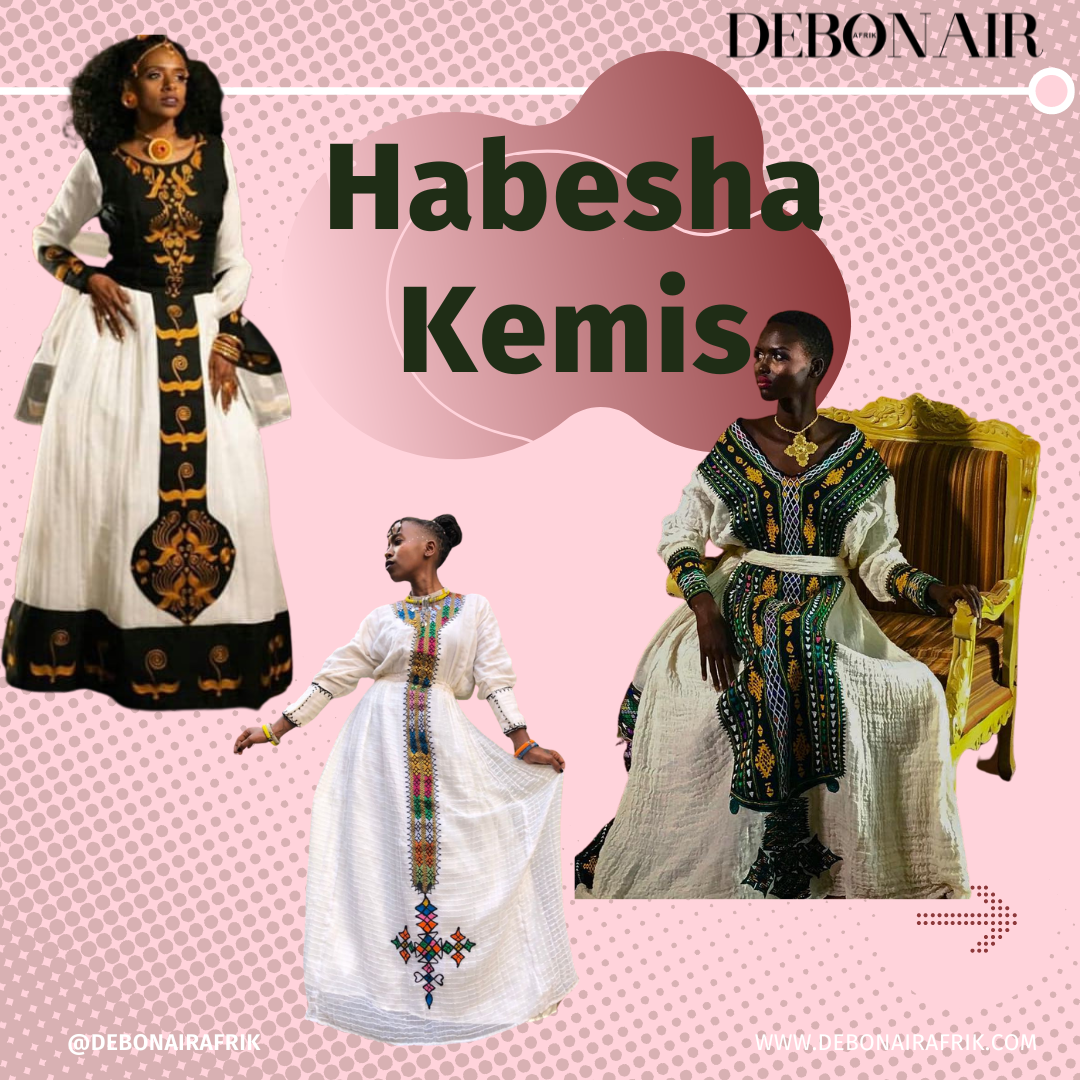
The Habesha Kemis is African traditional clothing belonging to the Habesha women of Addis Ababa, Ethiopia. Habesha Kemis is usually a robe that stretches from the neck to the ankles.
Ethiopian and Eritrean women rock it for formal events and vacations. Nowadays, it comes in various forms including short- or long-sleeves. It typically comes in grey, beige, or white shades and is sewn from cotton fabric
ISIAGU

The Isiagu finds its roots among the Igbo people of South-East Nigeria. ‘Isiagu’ literally translates to ‘the head of a leopard’. However, it will surprise you to see that the cloth has the head of a lion.
Well, the lion is taking over the totem reserved for the leopard. The Isiagu marries a silk fabric with the head of a lion emblazoned in a definite pattern. It is a long, loose-fitting top usually worn over a pair of black trousers or knitted wrappers tied around the waist.
SHUKA

Shuka is traditional African clothing that belongs to the Maasai people of Tanzania and Kenya. Popularly called the ‘African Blanket’, it is often red with black stripes. Before the colonization of Tanzania and Kenya by the Scottish, high-ranking community members wore Shuka as a traditional garment.
TOGHU/ATOGHU

The Toghu or Atoghu is a traditional outfit that is popular among the Bamileke people of North-Western Cameroon. In the past, only men and women of royalty wore the Toghu as a sign of traditional superiority over the commoner. It is also a traditional attire suite for investitures, traditional coronations, and other festivals.
ISIDWABA
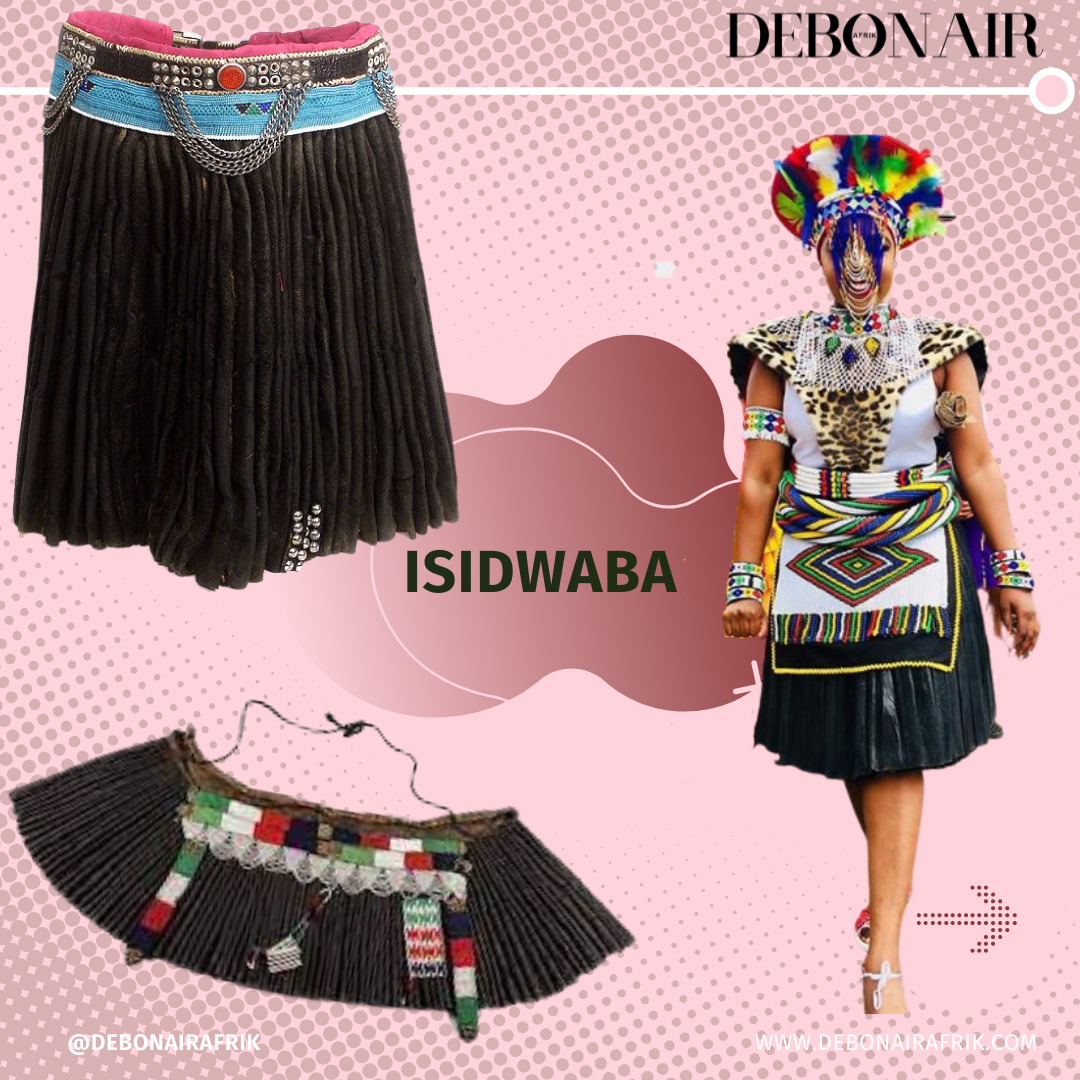
Isidwaba is a popular dress among the Zulus. Otherwise known as Isikhakha, Isidwaba is a traditional skirt worn by betrothed or married women in Southern Africa. It is usually made from genuine leather which could either be cowhide or goatskin.
There you go. Now when you see African-eccentric or traditional African clothes you’d know where it is coming from and the people that wear them.


